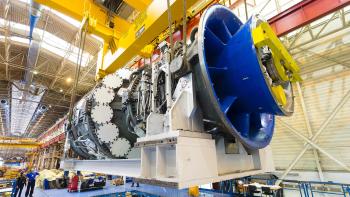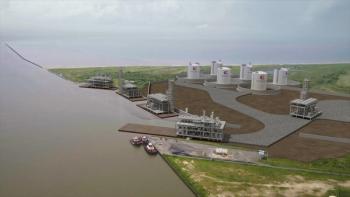
Duke Energy’s FERC Application to Extend Bad Creek Operation
Key Takeaways
- Duke Energy seeks a 50-year license extension for Bad Creek, a key carbon-free energy source in South Carolina, supporting economic growth and energy reliability.
- Partnership with GE Vernova aims to enhance power projects across six states, deploying 11 new gas turbines to improve energy infrastructure.
The Bad Creek Pumped Storage Hydroelectric Station generates 1,680 MW for approximately 860,000 consumers in South Carolina, but its license expires in July 2027.
Duke Energy submitted its last license application to the Federal Energy Regulatory Commission (FERC) and, if approved, the
“Bad Creek is a cornerstone of South Carolina’s energy infrastructure and a testament to the kind of smart, long-term investment our state needs,” said Sheri Biggs, U.S. Representative. “I’m proud to support Duke Energy’s efforts to extend operations at this critical facility. This project will help power our communities, support economic growth, and ensure a reliable, affordable energy future for families and businesses across the upstate.”
The pumped storage station is a flexible, dynamic, efficient, and emission-free method to store and transmit large volumes of energy via transferring water between two reservoirs at varying elevations. Duke Energy plans to build new generation and extend primary facilities, like Bad Creek, and additional nuclear facilities to support South Carolina’s economic and population growth.
“Extending the life of this ‘marvel in the mountain’ has been a significant part of our planning for the future for many years,” said Tim Pearson, Duke Energy South Carolina President. “Our commitment to keep a proven asset like Bad Creek online for decades to come while also bringing a diverse portfolio of new generating resources to the grid reflects the direction our state’s leaders have made clear is the right path forward to support a reliable, affordable and resilient energy future for South Carolina.”
Currently, the facility’s operating license expires in July 2027, so Duke Energy consulted over 70 stakeholders to submit a new 50-year extension. The company expects FERC to deliver its final decision in 2027, prior to the original license’s expiration.
Duke Energy Partners with GE Vernova
In late April 2025,
Aligning with Duke Energy’s integrated resources initiatives, these onsite assets allow the company to leverage existing infrastructure and transmission lines to lower electricity costs and accelerate production-to-grid timelines. Generating and delivering reliable, low-cost energy enables Duke Energy to accommodate customers within its service area and address emerging growth opportunities in the power landscape.
Hydrogen in DeBary, FL
In November 2023, Duke Energy announced the groundbreaking of a
At times of peak energy demand, the system delivered the green hydrogen to a combustion turbine modified with GE Vernova technology—capable of operating on a natural gas/hydrogen blend or up to 100% hydrogen. The system allows access to dispatchable and non-intermittent energy for the local grid with zero greenhouse gas emissions.
Newsletter
Power your knowledge with the latest in turbine technology, engineering advances, and energy solutions—subscribe to Turbomachinery International today.




